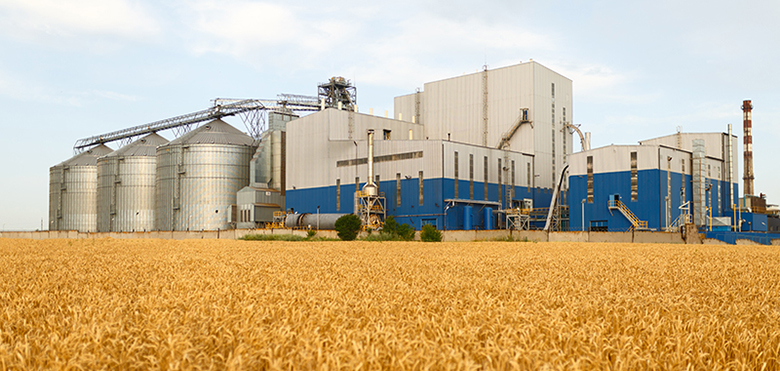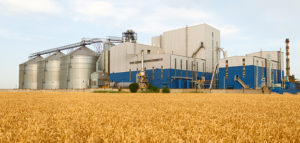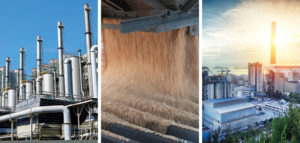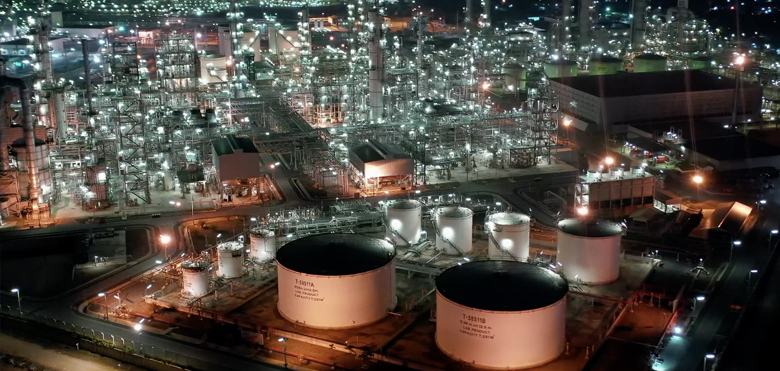Guarding against explosions in agriculture and food production
Balancing safety and security is essential in any sector, and it’s certainly the case in agriculture and food production. While surveillance brings many benefits, it’s critical that any security solution plays a role in reducing other safety risks. Here we explore how explosion-protected cameras can offer all the benefits of high-quality surveillance, while also guarding against the risk of explosions.
To those outside the industry, the potential for explosions in agriculture and the food production sector might seem relatively slim. In reality, and for several reasons, the risk is significant at numerous points along the journey from farm to food production. Managing these risks is clearly essential for the safety of employees, given the devastating effects of any explosion.
Equally important is the need for high-quality video surveillance in securing farms and food processing and production facilities. Whether to protect against theft or intrusion, to ensure adherence to health and safety regulations, or when used to improve operational efficiency, video surveillance delivers a number of benefits. It’s critical that the surveillance solution itself becomes part of the approach to risk management, and explosion-protected cameras – both visual and thermal – provide the ideal solution.
The risk of dust explosions and beyond
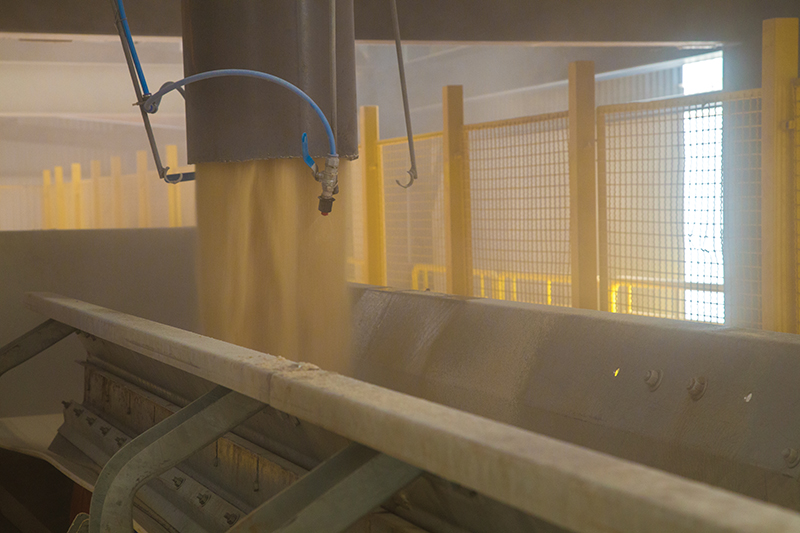 Maybe most obvious are the risks of explosions in the agriculture sector. The use of flammable liquids, gases and materials is an essential part of farming process, all of which present the potential for ignition and fire. Just as critical is another by-product of the farming process: dust. The collection and storing of grain and its further processing into flour are examples of where the creation of large quantities of dust are inevitable and, with it, the risk of dust explosion.
Maybe most obvious are the risks of explosions in the agriculture sector. The use of flammable liquids, gases and materials is an essential part of farming process, all of which present the potential for ignition and fire. Just as critical is another by-product of the farming process: dust. The collection and storing of grain and its further processing into flour are examples of where the creation of large quantities of dust are inevitable and, with it, the risk of dust explosion.
Dust explosions occur where a cloud of dust of a certain particle size and concentration meets an appropriate ignition source, such as a flame or spark. When this occurs, the initial explosion might not be the most destructive, as the primary explosion will almost inevitably cause additional dust to be raised into the air which can lead to a secondary, much larger explosion. When contained within a structure such as a grain silo, for example, these can be devastating. And it’s not only the farming sector that is at risk of a dust explosion. Any powdered substance – such as instant coffee, sugar, and powdered milk – has the potential to ignite if the appropriate conditions are met.
Other processes in the food and drink production chain carry further risk of explosion. The creation of flammable liquids and gases as a central part of production, for example in distilleries, and the use of gas in facilities where cooked food is prepared, all carry the potential for explosion through accidents or failure to adhere to health and safety guidelines and regulations.
The multiple benefits of explosion-protected cameras
The use of surveillance cameras in the agriculture and food production industries for safety and security is already widely understood. Explosion-protected cameras, which are covered in easy-to-clean stainless steel enclosures to prevent the cameras creating any spark that might provide the ignition for an explosion, play an additional role in risk management.
With no potential to cause an explosion themselves, the cameras can be placed in areas of highest risk, including the inside of grain silos. Explosion-protected cameras address numerous security and safety needs: identifying potential intruders looking to cause damage, disruption or theft; ensuring employees are acting in accordance with health and safety guidelines, and providing analytics that can lead to improvements in operational efficiency.
Explosion-protected thermal cameras bring additional benefits to visual cameras, while also mitigating the risk of explosion in high-risk areas. Thermal cameras can provide early warning of equipment temperature rising beyond safe levels (presenting the risk of dust ignition), or small fires which if left too long will cause a real risk of a larger explosion. They can also be used to monitor the temperature of ingredients, materials and residue used in the food production process.
In hazardous areas, explosion-protected thermal cameras are able to highlight temperature changes in machinery and equipment that allow for preventative and timely maintenance to be carried out, and alert operators to leaks – for instance from freezers and refrigerators – that could affect operational efficiency.
Protecting people and facilities
The primary thought is always the safety and protection of people. Any explosion in agriculture and food production has the potential to cause injury and worse. In addition, the potentially devastating damage caused by an explosion will inevitably be highly disruptive to the farming and food production process.
Mitigating the risk is essential, but it’s also critical to do so without compromising the quality of surveillance: to do so would be entirely counter-productive. An ideal solution combines both visual and thermal explosion-protected cameras. You can find out more about how Axis explosion-protected cameras can support your business here.

